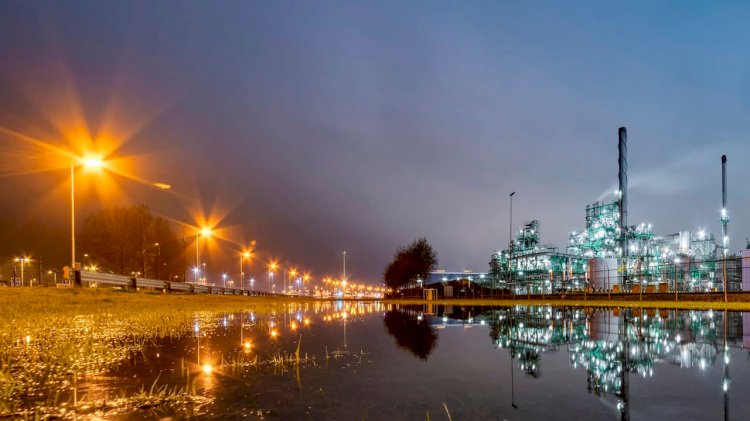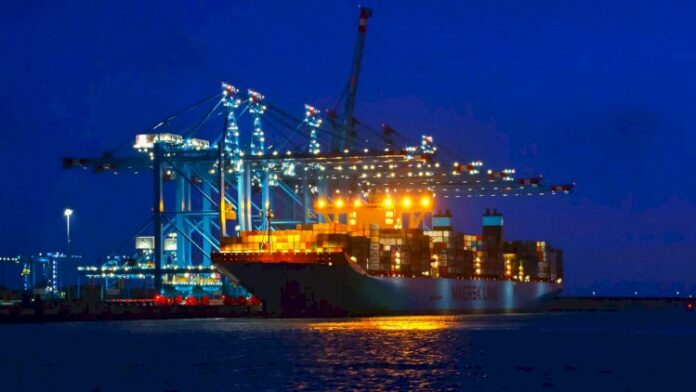Over the next few decades, there will be a substantial increase in the demand for green and other electric power on the part of Rotterdam’s industrial sector. The companies will need this extra power for the electrification of industrial processes, the production of green hydrogen and for electric transport.
The demand for electricity is expected to increase by a factor of two – and possibly even four. This means that Rotterdam is required to reinforce its power grid. However, there is only limited space for extra infrastructure. Moreover, reinforcing the grid will lead to lower costs to society and shorter lead times when this is done based on a long-term vision instead of existing legislation and regulations. These are the findings of a study performed by the Port of Rotterdam Authority, Stedin and TenneT into the consequences of the energy transition for the power grid in Rotterdam’s port area.
The joint study concludes that this issue is particularly urgent because the capacity of the existing power grids and connections in the port of Rotterdam does not suffice to accommodate future plans for a sustainable port area. The lead time for realising new high voltage substations and power lines can be anything from 3 to 10 years. The point of departure of the study was that in the decades ahead, the Netherlands’ energy transition will be in line with the Paris Agreement on Climate Change, with renewable electric power and green hydrogen playing key roles in this process.
The study includes three recommendation to ensure that the necessary reinforcement of the network is completed in due time and at the lowest possible cost to society.
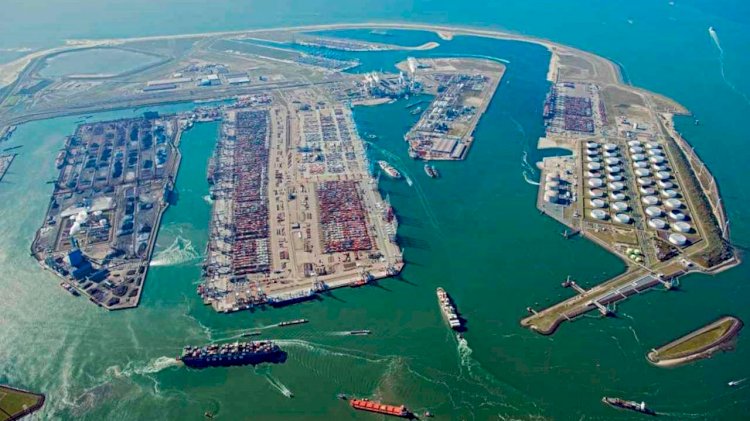 The first recommendation concerns the adaptation of legislation and regulations, to enable the step-by-step realisation of infrastructure based on a long-term vision (for 2050) – rather than a piecemeal response to the requests of individual companies. This can result in lower costs for society (avoiding the unnecessary installation of parallel power cables), shorter lead times and can minimise physical bottlenecks. After all, there is only limited space available in the port area. In this process, the right balance has to be struck between the timely completion of infrastructure and the lowest possible risk of this capacity being temporarily or permanently underutilised.
The first recommendation concerns the adaptation of legislation and regulations, to enable the step-by-step realisation of infrastructure based on a long-term vision (for 2050) – rather than a piecemeal response to the requests of individual companies. This can result in lower costs for society (avoiding the unnecessary installation of parallel power cables), shorter lead times and can minimise physical bottlenecks. After all, there is only limited space available in the port area. In this process, the right balance has to be struck between the timely completion of infrastructure and the lowest possible risk of this capacity being temporarily or permanently underutilised.
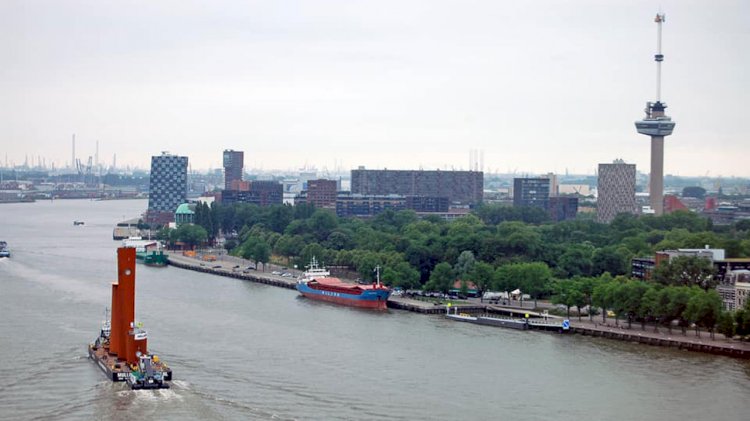 The second recommendation is that the Dutch Ministry of Economic Affairs and Climate Policy (or the participants in the ‘Klimaattafel Industrie’ roundtable) select locations directly along the coast for the large-scale conversion of electric power (generated using offshore wind) into hydrogen and other energy carriers. The underlying reasoning is that hydrogen transport requires far less space and lower investments than transporting electric power. Incidentally, the economic feasibility of large-scale hydrogen production is dependent on a substantial reduction in the costs of the process of electrolysis.
The second recommendation is that the Dutch Ministry of Economic Affairs and Climate Policy (or the participants in the ‘Klimaattafel Industrie’ roundtable) select locations directly along the coast for the large-scale conversion of electric power (generated using offshore wind) into hydrogen and other energy carriers. The underlying reasoning is that hydrogen transport requires far less space and lower investments than transporting electric power. Incidentally, the economic feasibility of large-scale hydrogen production is dependent on a substantial reduction in the costs of the process of electrolysis.
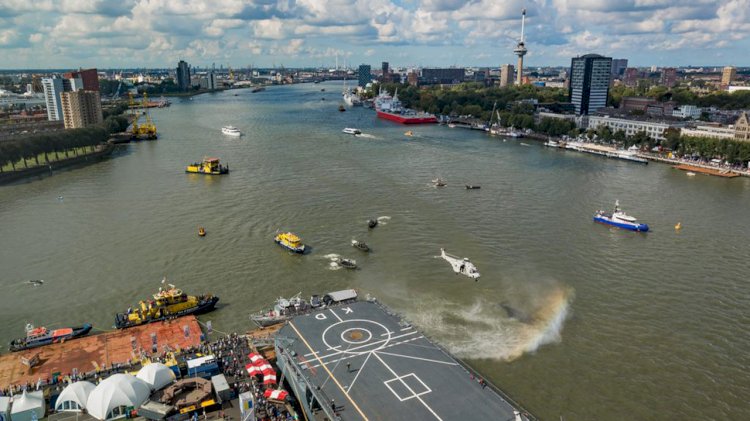 The third recommendation is to already reserve space in the port for future electricity infrastructure, enabling the step-by-step realisation of a robust and future-proof power grid.
The third recommendation is to already reserve space in the port for future electricity infrastructure, enabling the step-by-step realisation of a robust and future-proof power grid.
To increase insight into the required adjustments to the power grid, the two grid operators and the Port Authority have explored a variety of technical alternatives. In this process, they have centred on the development of a robust network that can accommodate the growing demand for electric power at the lowest cost to society. The connecting theme in the plans to reinforce the grid is the increased transport at higher voltage levels (150 kV and higher) combined with smaller service regions at lower grid levels (66 kV and below). It is clear that this approach calls for a larger number of high voltage substations. This decision will limit the number of new underground power lines that need to be installed, which in turn reduces the claim to scarce space in the pipeline corridors (fewer physical bottlenecks).
One promising alternative for the power grid is dividing the 150 kV network into a western, central and eastern section. Creating a larger number of substations within the distribution network will ultimately result in fewer power lines in the pipeline corridors and shorter connecting lines to the clients’ respective locations.
The most effective electric infrastructure for Rotterdam’s port area can not be realised without changing existing regulations. At present, new client applications for extra connection capacity are handled independently of each other and on a ‘first come, first served’ basis. This is a result of the principle laid down in current regulations that grid operators’ procedures need to be non-discriminatory. In many cases, the result is that new and existing clients are hooked up to the public grid via long connecting lines and are confronted with substantial connection costs.
Careful coordination could limit the increase in the number of new electric connections – and, as a result, the total cost to society. Constructive collaboration between TenneT, Stedin and the Port of Rotterdam Authority will prove of vital importance in the decades ahead. After all, while the electric infrastructure is managed by two grid operators, it is in fact a single, coherent system. The Port Authority is responsible for managing the scarce space that accommodates this grid, and moreover has insight into the other infrastructure required for a successful energy transition.
